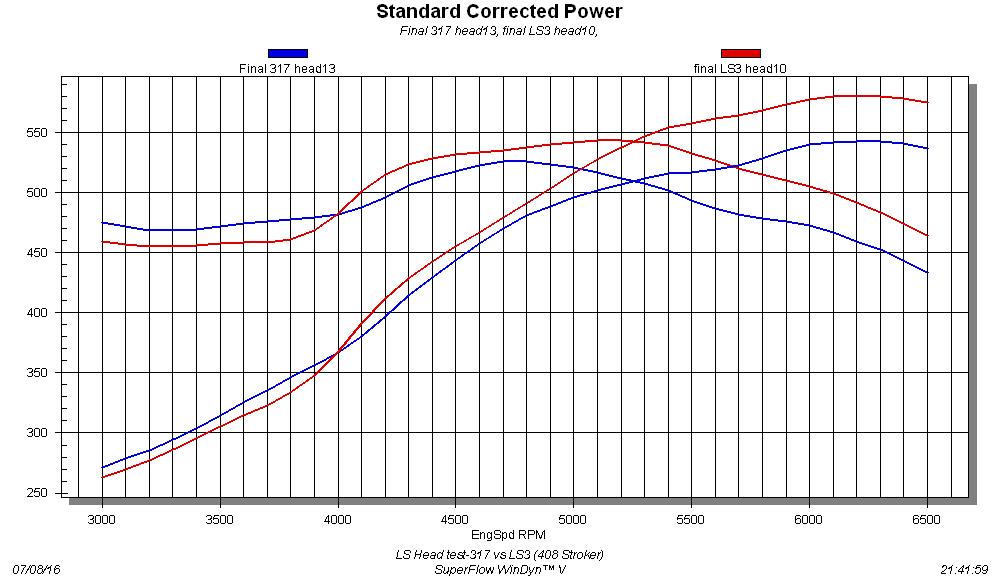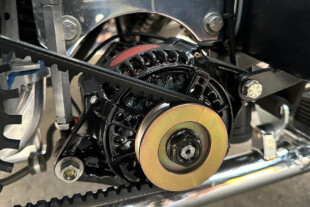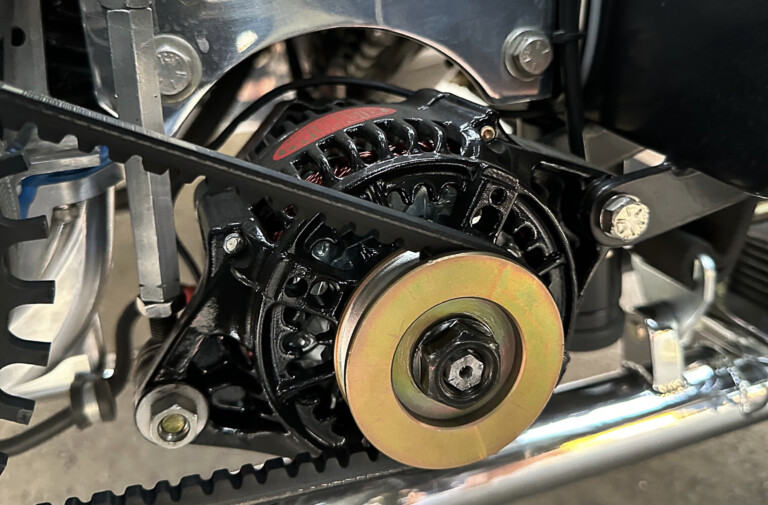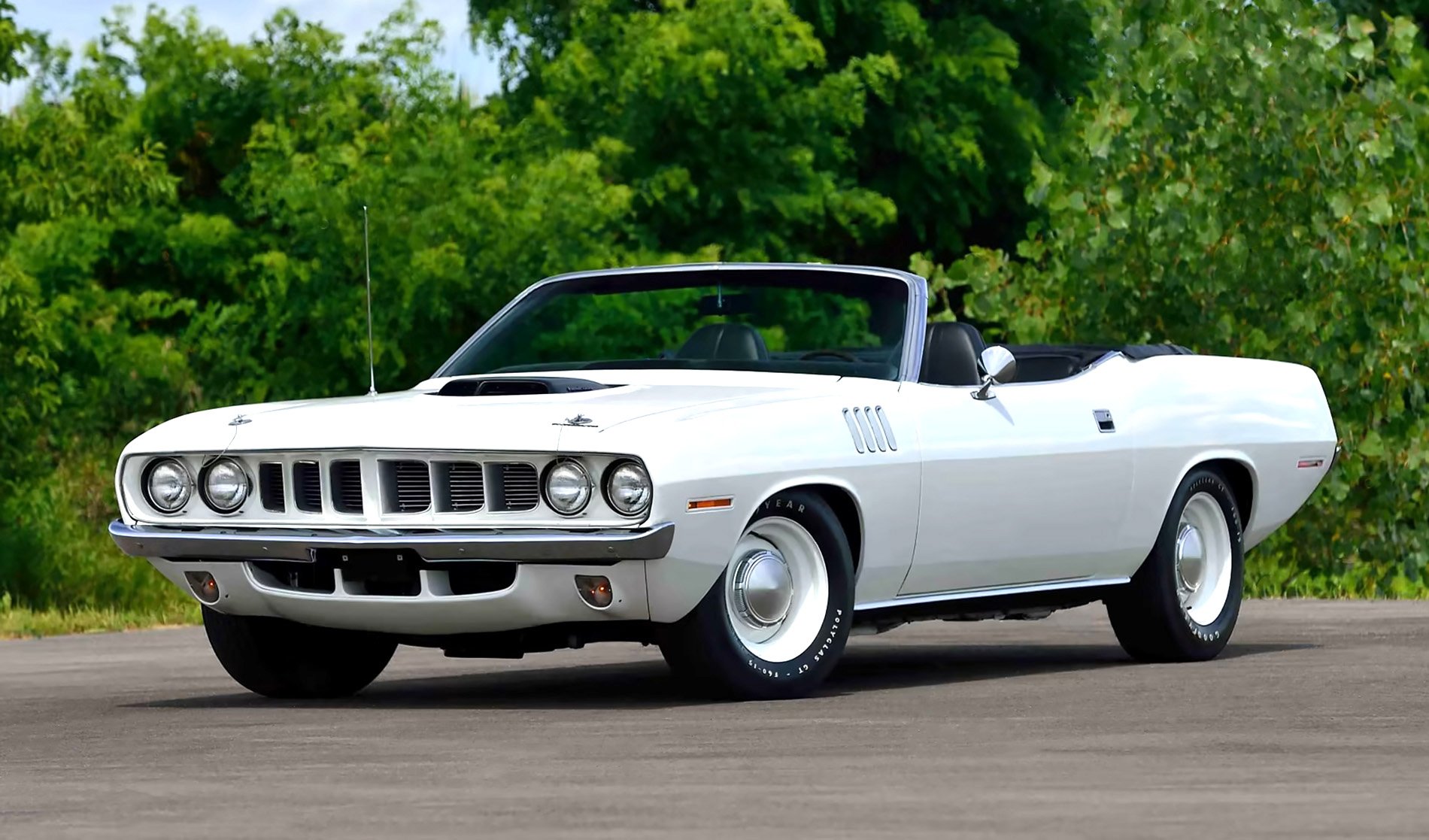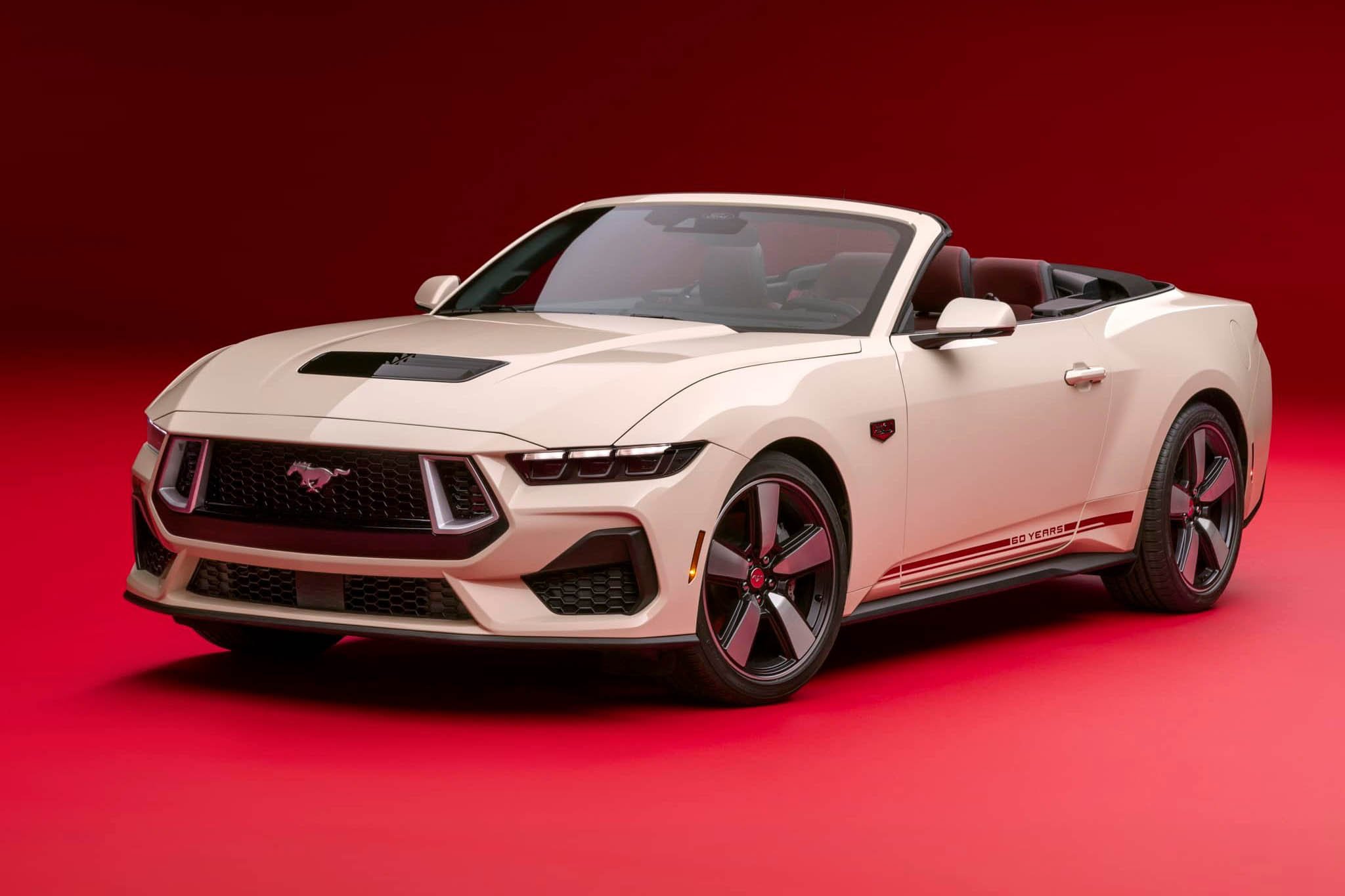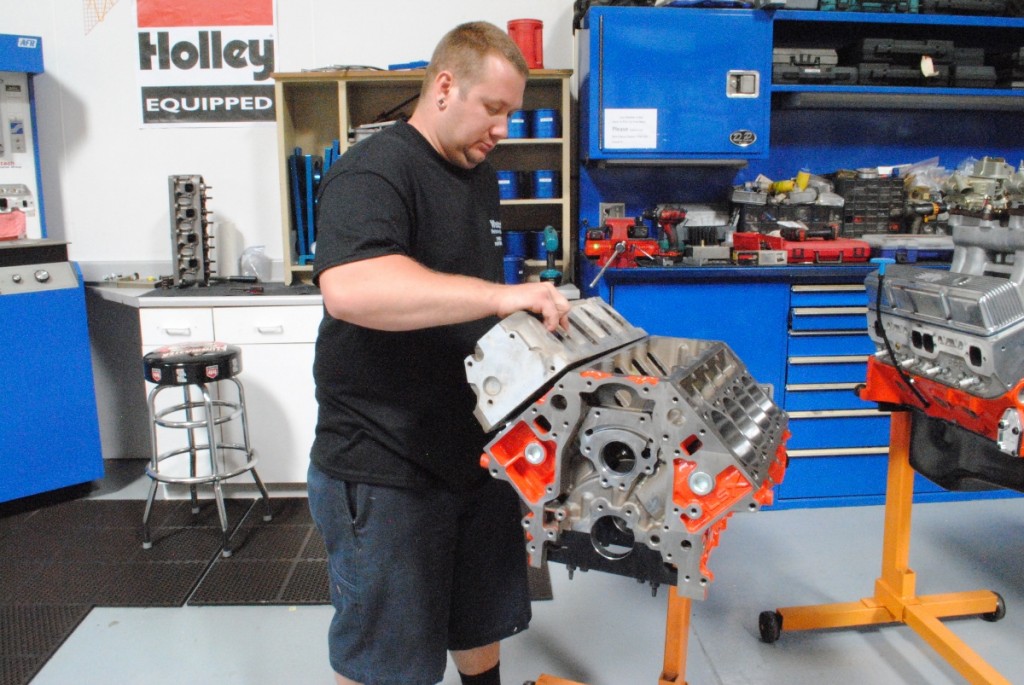
Information is the elimination of speculation. Where better to find the information on LS3 head swaps than on the dyno?
Words & Photos By: Richard Holdener
How did Chevy top the original Mouse Motor? Well, the original LS1 offered not only more power and torque, but did so with less weight, improved fuel mileage, AND reduced emissions! By every measure, the LS1 was a worthy successor to the original small block, but that upgrade was many moons ago and the LS1 was eventually replaced by the larger and even more powerful LS3 variant. With a combination of increased displacement and nearly 100 extra horsepower (430 hp vs 345 hp), the LS3/L92 variants represented a serious evolutionary step up the performance ladder.
As luck would have it, (actually by design), the later LS3/L92 heads bolted directly onto the previous LS1, LS2, and LS6 blocks, to say nothing of the various truck applications. Care must be taken, as though the heads bolted in place, the use of larger valves in the later LS3 heads required their installation on blocks with bore sizes that measured at least 4.00 inches. Since the rec-port, LS3 heads offered considerably more airflow than any of the previous cathedral-port heads, it was only natural enthusiasts started upgrading their 4.00-inch, LS-based motors with the more powerful LS3 heads.
To illustrate what this generational (gen 4-gen 3) LS head swap might be worth, we decided to compare a set of 317 truck heads to a set of LS3 heads. For those unfamiliar with the various casting numbers, the cathedral-port, 317 heads were offered on 6.0L truck applications. The 317 heads featured ports that all but duplicated the LS2 243 heads, meaning they were cream of the cathedral-port crop in terms of airflow. The 317s did differ from the 243s in that they featured much larger (and less efficient) combustion chambers. Where the stock 243 heads featured 65cc chambers, the 317 heads featured 72 cc chambers. The 317s were given the nod over the 243 since they offered the larger chambers that most closely duplicated those on the LS3 (71cc).
The biggest difference between the 317 cathedral-port heads and the LS3 heads was the port shape and attending flow rates. The 317 offered peak intake flow numbers of 244 cfm, but the LS3 head peaked at a whopping 318 cfm! The LS3 head offered an additional 70 cfm over the stock 317 head!
Since bore size was a major concern for the head upgrade, we selected an affordable 6.0L truck block (ours came from Gandrud Chevrolet) as the starting point for our test motor. Rather than rely on stock internals (and displacement), we stepped things up with the installation of a stoker combination (to take full advantage of the available head flow). Not specifically a kit, we combined components from Speedmaster, K1, and JE, along with a ring package from Total Seal, to produce a final displacement of 408c.i.
The stroker included a 4.0-inch, forged steel, stroker crank, 6.125-inch forged rods, and forged, dished (10cc) pistons. The forged pistons featured valve reliefs that allowed sufficient piston-to-valve clearance for a healthy cam profile. The 289LRR HR14 hydraulic roller cam from COMP Cams offered .624 lift, a 239/255-degree duration split (@.050), and a 114-degree LSA. The cam was combined with a set of standard-travel lifters and hardened pushrods from COMP Cams. The .030-over 408 stroker short block also featured a new timing chain and oil pump from Speed Pro, a set of ARP head studs, MLS head gaskets from Fel Pro, and a Moroso oil pan and windage tray.
Before running the head test, it was necessary to upgrade both sets of heads with new valve springs. Neither the stock truck nor LS3 heads featured spring packages capable of working with the .624-lift cam. The 317 heads received a set of COMP 26918 beehive springs with matching retainers. The LS3 heads received a dual-spring upgrade from Brian Tooley Racing. In addition to the valve springs, COMP Cams also supplied a set of 7.35-inch hardened pushrods. The stock GM rockers were used on both heads (offset intake rockers on the LS3).
Both heads were run with their respective Fast LSXR intakes and matching 102mm throttle body. Running a stock truck intake on the 317 heads against a stock LS3 intake on the LS3 heads would skew the power, as the truck intake would be much more restrictive on this application than the LS3 intake. Also employed on the stroker was a Meziere electric water pump, Hooker 1 ¾-inch long-tube headers, and a FAST XFI/XIM management system. FAST also supplied the 75-pound injectors and aluminum fuel rail employed during the test.
To start the test off, we configured the 408 stroker with the 317 heads. After a break-in period, we let the hammer fly and dialed in the air/fuel and timing curves using the FAST XFI management system. After dialing in 30 degrees of timing and getting the air/fuel ratio spot on at 13.0:1, we were rewarded with peak numbers of 543 hp at 6,300 rpm and 526 lb-ft of torque at 4,800 rpm. Torque production with the 317s exceeded 500 lb-ft from 4,300 rpm to 5,400 rpm.
Off came the 317s to make way for the LS3 heads. Would the 408 respond to the increased head flow of the rec-port heads?
After installation of the heads, offset rockers, and FAST LSXR intake, the LS3-headed stroker pumped out 581 hp and 543 lb-ft of torque. Note the LS3 heads increased both peak power and torque, though the rec-port heads did lose out to the 317s below 4,000 rpm. Despite the slight loss down low, torque production with the LS3 heads bettered 500 lb-ft from 4,100 rpm to 6,100, both lower and higher than with the 317s. This test clearly demonstrated that if you are looking to make your 6.0L (or stroker) factory fast on a budget, nothing beats a set of LS3/L92 heads.
Sources: ARP, arp-bolts.com; Brian Tooley Racing, briantooleyracing.com; COMP Cams, compcams.com; FAST, fuelairspark.com; Gandrud Chevrolet, gandrud.com; JE Pistons, jepistons.com; Lucas Oil, lucasoil.com; L&R Automotive, lnrengine.com; Moroso, moroso.com; Speedmaster, speedmaster79.com; Total Seal, totalseal.com


